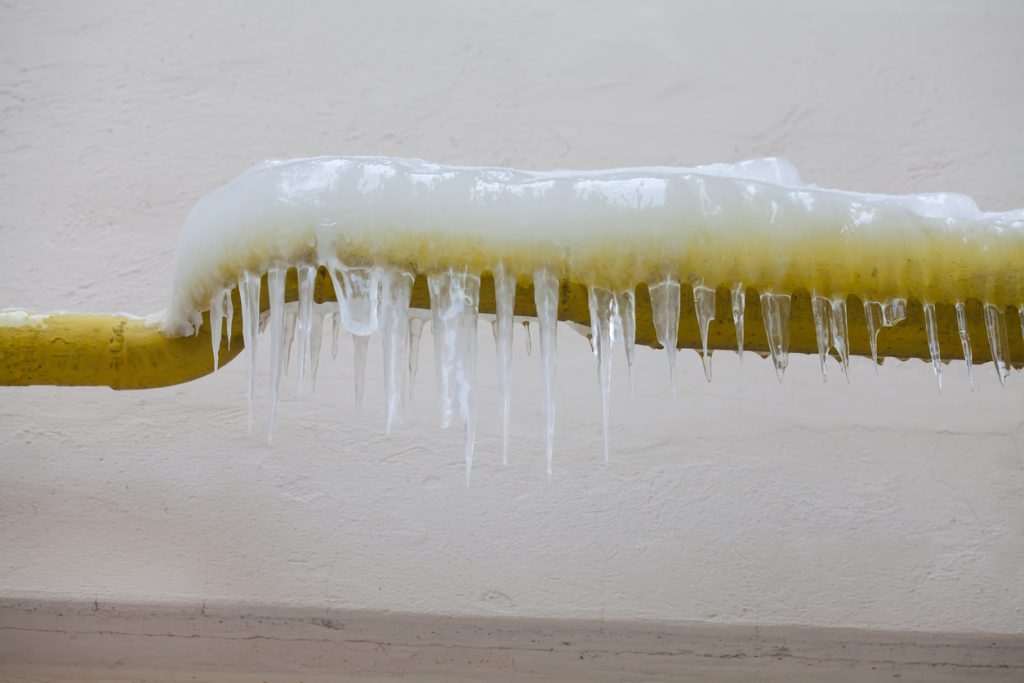The content following next pertaining to Preventing and dealing with frozen pipes is absolutely intriguing. Check it out for your own benefit and decide what you think of it.
.jpg)
Cold weather can wreak havoc on your pipes, especially by freezing pipes. Below's exactly how to prevent it from taking place and what to do if it does.
Intro
As temperatures drop, the risk of icy pipes rises, potentially leading to expensive repairs and water damage. Understanding just how to prevent icy pipelines is essential for house owners in chilly climates.
Understanding Icy Pipelines
What causes pipelines to freeze?
Pipelines ice up when exposed to temperature levels below 32 ° F (0 ° C) for expanded durations. As water inside the pipes ices up, it expands, putting pressure on the pipeline wall surfaces and potentially triggering them to break.
Dangers and problems
Frozen pipes can bring about supply of water disruptions, residential property damages, and costly repair work. Burst pipelines can flood homes and trigger substantial architectural damages.
Indicators of Frozen Pipeline
Recognizing icy pipelines early can stop them from rupturing.
Exactly how to recognize icy pipelines
Look for decreased water flow from taps, unusual smells or noises from pipes, and visible frost on exposed pipelines.
Prevention Tips
Shielding prone pipelines
Cover pipes in insulation sleeves or make use of warm tape to safeguard them from freezing temperature levels. Concentrate on pipelines in unheated or exterior areas of the home.
Heating strategies
Keep interior areas appropriately warmed, especially locations with plumbing. Open up cabinet doors to permit cozy air to circulate around pipelines under sinks.
Safeguarding Outside Pipes
Yard pipes and outdoor faucets
Detach and drain pipes garden hoses prior to winter season. Install frost-proof spigots or cover outdoor taps with protected caps.
What to Do If Your Pipes Freeze
Immediate activities to take
If you believe icy pipes, keep faucets open up to relieve stress as the ice melts. Utilize a hairdryer or towels soaked in hot water to thaw pipelines gradually.
Long-Term Solutions
Structural changes
Think about rerouting pipes away from outside wall surfaces or unheated locations. Include additional insulation to attics, basements, and crawl spaces.
Updating insulation
Purchase top notch insulation for pipelines, attic rooms, and walls. Appropriate insulation helps maintain regular temperature levels and minimizes the threat of frozen pipes.
Conclusion
Stopping frozen pipelines calls for positive actions and quick actions. By recognizing the reasons, signs, and preventive measures, house owners can secure their plumbing throughout winter.
6 Proven Ways to Prevent Frozen Pipes and Protect Your Home
Disconnect and Drain Garden Hoses
Before winter arrives, start by disconnecting your garden hoses and draining any remaining water. Close the shut-off valves that supply outdoor hose bibs and leave the outdoor faucet open to allow any residual water to drain. For extra protection, consider using faucet covers throughout the colder months. It’s also important to drain water from any sprinkler supply lines following the manufacturer’s directions.
Insulate Exposed Pipes
Insulating your pipes is an effective way to prevent freezing. Pipe insulation is readily available at home improvement stores and is relatively inexpensive. Pay close attention to pipes in unheated areas such as the attic, basement, crawl spaces, or garage. Apply foam insulation generously to create a buffer against the cold. You can also wrap your pipes in heat tape or thermostat-controlled heat cables for added warmth.
Seal Air Leaks
Inspect your home for any cracks or openings that could let in cold air. Seal any holes around the piping in interior or exterior walls, as well as the sill plates where your home rests on its foundation. Additionally, make sure to keep your garage door closed unless you’re entering or exiting. Leaving it open creates a significant air leak that can lead to frozen pipes.
Allow Warm Air Circulation
During cold snaps, it’s essential to allow warm air to circulate evenly throughout your home. Leave interior doors ajar to promote better airflow. Open kitchen and bathroom cabinets to help distribute heat consistently around the rooms. If you have small children or pets, be sure to remove any household chemicals or potentially harmful cleaners from open cabinets for safety.
Let Faucets Drip
A small trickle of water can make a big difference in preventing ice formation inside your pipes. When temperatures drop significantly, start a drip of water from all faucets served by exposed pipes. This continuous flow helps prevent the water from freezing. Additionally, running a few faucets slightly can relieve pressure inside the pipes, reducing the chances of a rupture if the water inside does freeze.
https://choateshvac.com/6-proven-ways-to-prevent-frozen-pipes-and-protect-your-home/

We hope you enjoyed our section about Prevent Frozen Pipes . Thank you for taking the time to read through our article post. Are you aware of another individual who is inquisitive about How to prepare your home plumbing for winter weather? Why not share it. Thanks a lot for taking the time to read it.
Book Appointment